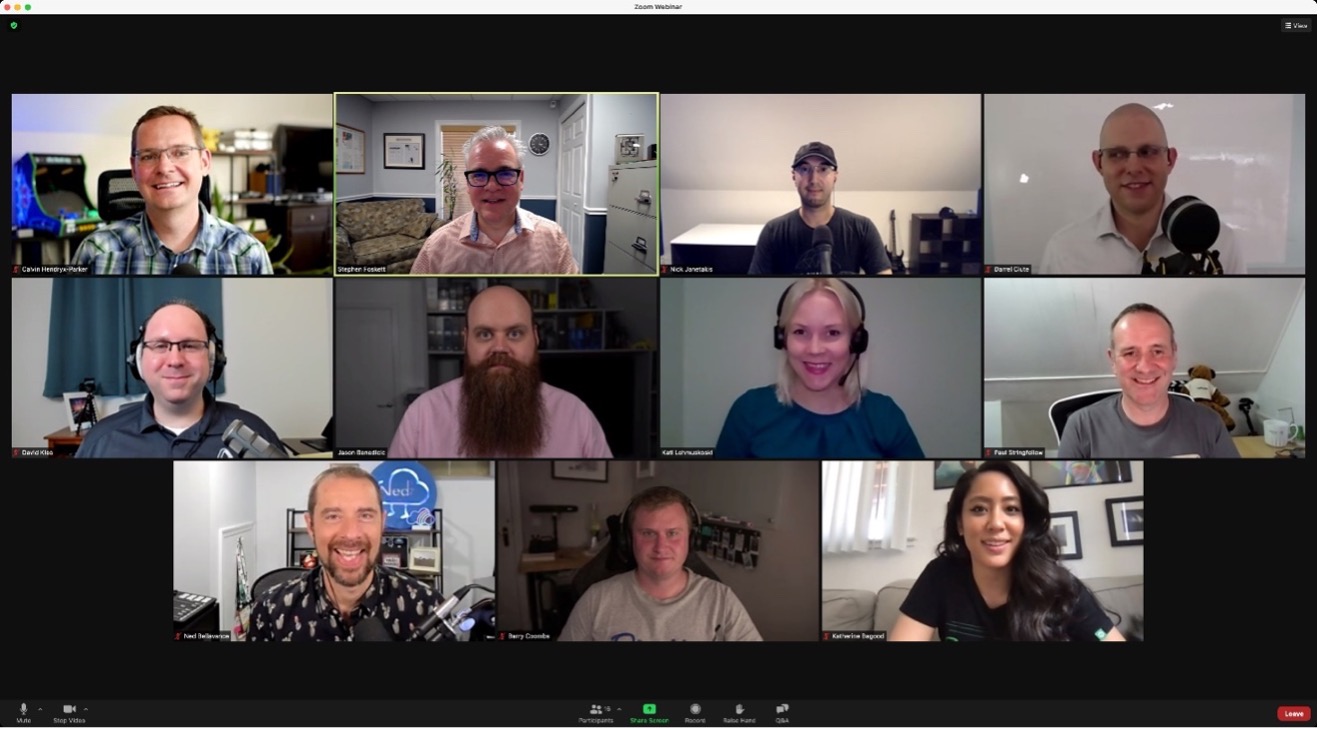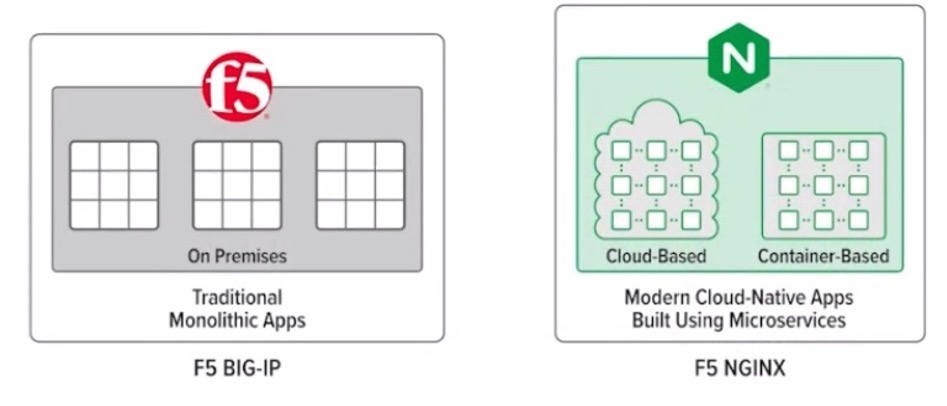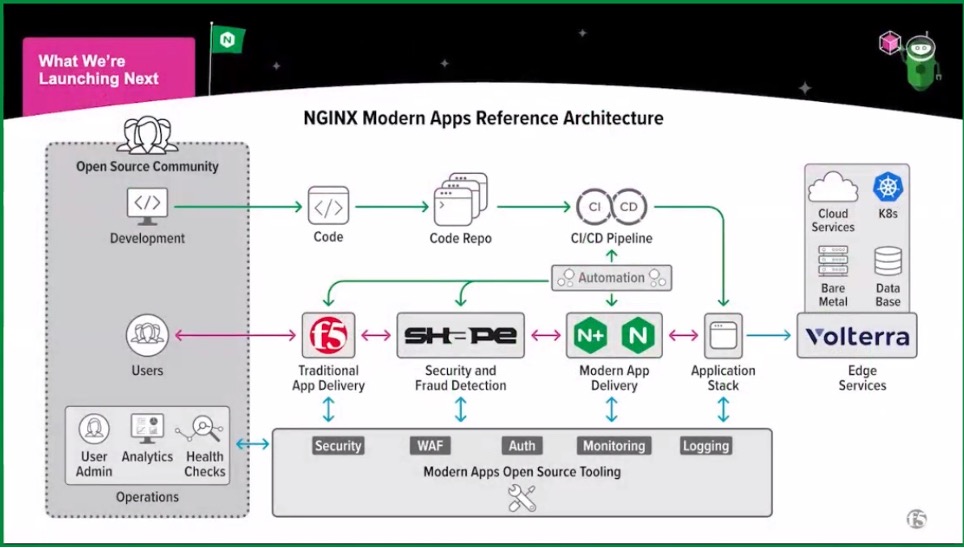NGINX Sprint 2.0 was organized between the 23rd and 25th of August 2021. I was very happy to be invited there as a Tech Field Day delegate and like the rest of us, I attended the event online due to the pandemic. The event consisted of NGINX announcements, news, customer presentations, demos, and Tech Field Day delegate discussions, all of which were very well organized.

For those of you who are not familiar with this technology space, NGINX or NGINX-derived technologies run in over half of all websites on the internet, making it the most popular web server in the world, surpassing even past decades superstar, Apache. Most of the websites are using the open-source version of the webserver, but the commercial NGINX Plus with added features is well worth the price for corporate customers. As a side note, NGINX’s open-source development offering is far wider than what I’m able to cover here, so this may be an interesting topic to look further into.
This NGINX Sprint was the second one ever. I was also an invited delegate there last year, and I have to say that this year, I was quite impressed with the speed of development this market is moving forward. Here are my key takeaways from the event:
NGINX is Going Back to its Roots by Increasing Open-Source Development
During the event, the most captivating topic was hearing how NGINX is going back towards its open-source roots. As NGINX has matured, it has not been that easy for the community to participate. This is about to change with increased efforts on open-source development. This seemed to be a major topic throughout the event, and overall, it was a very exciting announcement.
This open-source direction seemed very strong and there are even going to be two new open-source NGINX projects announced during the coming years, giving developers new possibilities to have a real impact on the direction of the development.
Adaptive Application Infrastructure is Here
During the pandemic, companies have been moving fast with their digital initiatives, making NGINX capabilities in high demand. Overall, the direction where the service development is going is no longer about large monolithic applications, but modern cloud-native applications. For developers, the adaptive application allows having an application infrastructure that grows, shrinks, defends, and heals based on insights from Artificial Intelligence and Machine Learning layers.

Modern App Development Reference Architecture Paves the Way for Fast Development Pipeline
Is your organization moving forward with Kubernetes and wishing there would be better tools for handling your development pipeline? Worry not, as the reference architecture is moving forward fast as one of the open-source projects ongoing at NGINX.
The progress of the reference architecture seemed to also raise quite a lot of excitement in the delegate community. The interesting aspect of this is how this enables DevOps via automating the deployment pipeline, possibly being one of the key components in better architectures in the future.

DevSecOps Teams Benefit of Built-in Security
Security is a hot topic for several reasons and NGINX seemed to be reacting to these topics proactively. The first reason is increased business focus. KPMG 2021 CEO Outlook Pulse found that the number one risk CEOs see for their organizations’ growth is a cyber security risk. The second reason is that organizations are increasingly moving towards DevSecOps and including security testing as a part of their development sprints.
During the event, we were shown how security can be built in as part of the development pipeline. Some key topics on security included OWASP, a dashboard for denial-of-service attacks, security controls, and cross-site scripting. In summary, in the area of security, the development is very fast. That is good as we all know security is a factor of multiple things including people, processes, and systems, and anything built-in is a plus towards better-secured systems.
What am I Looking Forward to?
For me, the interesting topic is seeing how the new open-source projects start to fly and seeing the community being involved even more in the development. Also, the reference architecture has many right pieces in place for becoming the industry standard, which only time will tell if that happens.
You can learn more about everything discussed at the NGINX Sprint 2.0 by watching the content on-demand here.




